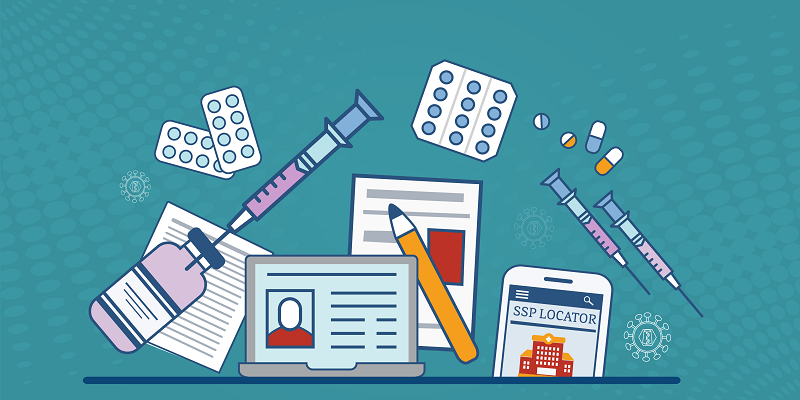Injection Drug Use
Sharing needles, syringes, or other equipment (works) to inject drugs puts people at high risk for getting or transmitting HIV and other infections. People who inject drugs account for about 1 in 10 HIV diagnoses in the United States. The best way to reduce the risk of getting or transmitting HIV through injection drug use is to stop injecting drugs. Call 1-800-662-HELP (4357) to find a treatment center. If you continue injecting drugs, never share needles or works.
Vital Signs: HIV and Injection Drug Use
HIV Among People Who Inject Drugs
HIV and Substance Use in the United States
Syringe Service Programs
Syringe Service Program Determination of Need
- Page last reviewed: August 31, 2018
- Page last updated: August 31, 2018
- Content source: Division of HIV/AIDS Prevention, National Center for HIV/AIDS, Viral Hepatitis, STD, and TB Prevention, Centers for Disease Control and Prevention


 ShareCompartir
ShareCompartir






